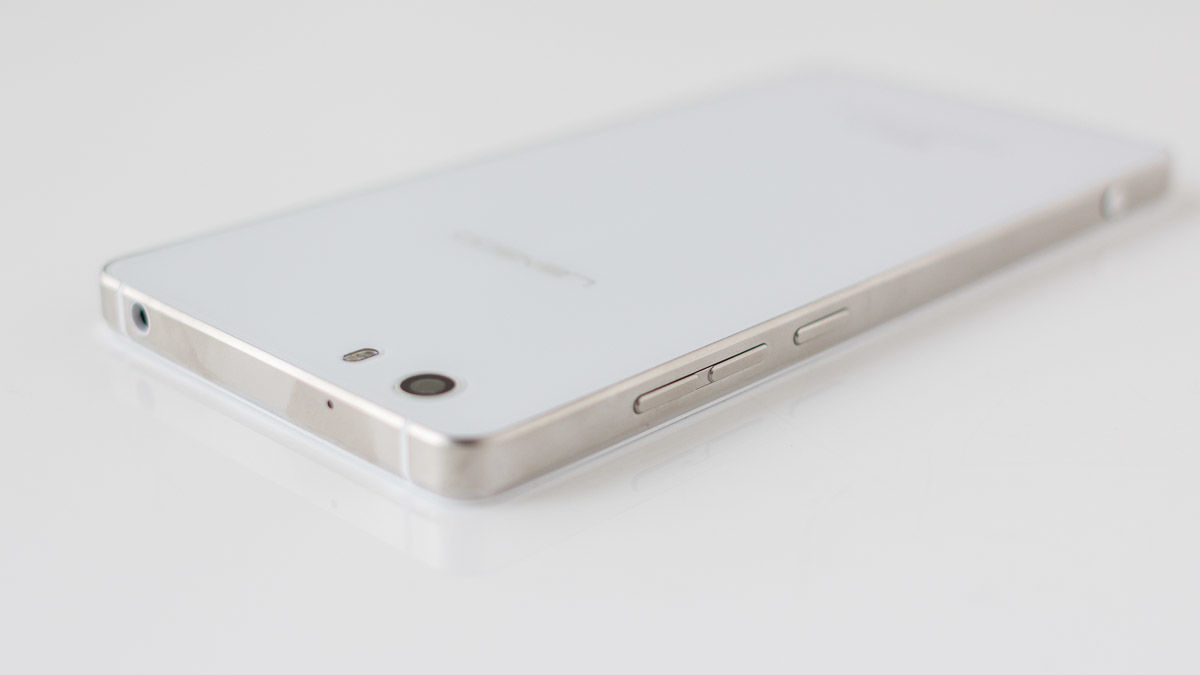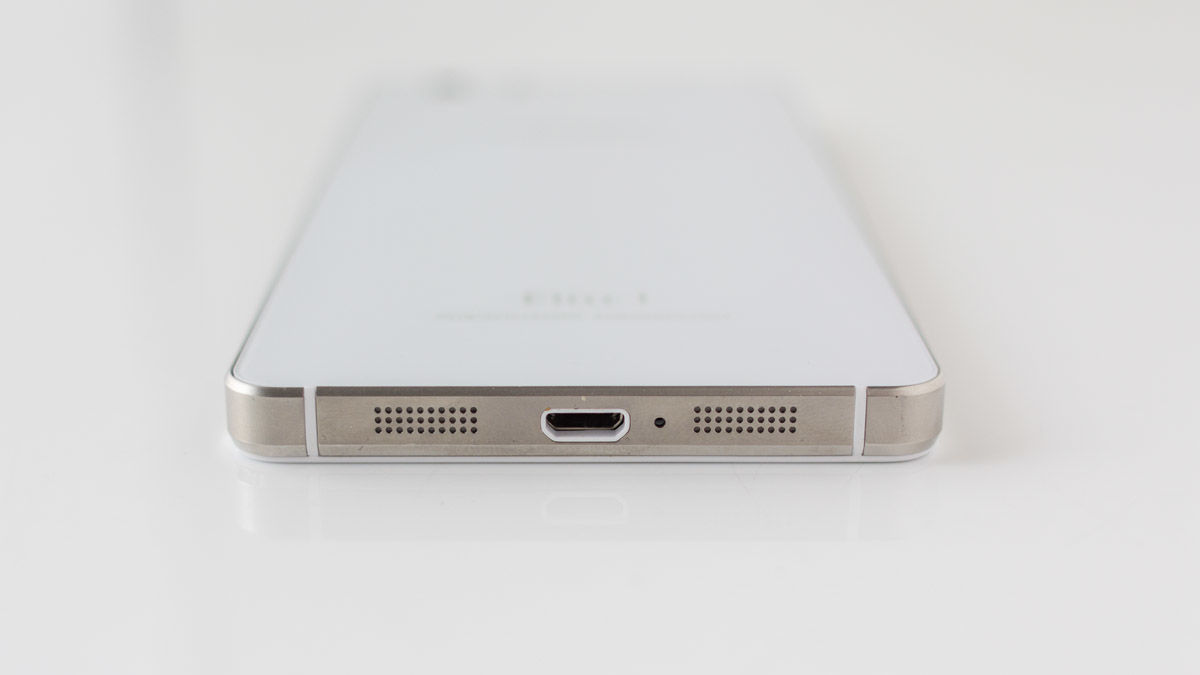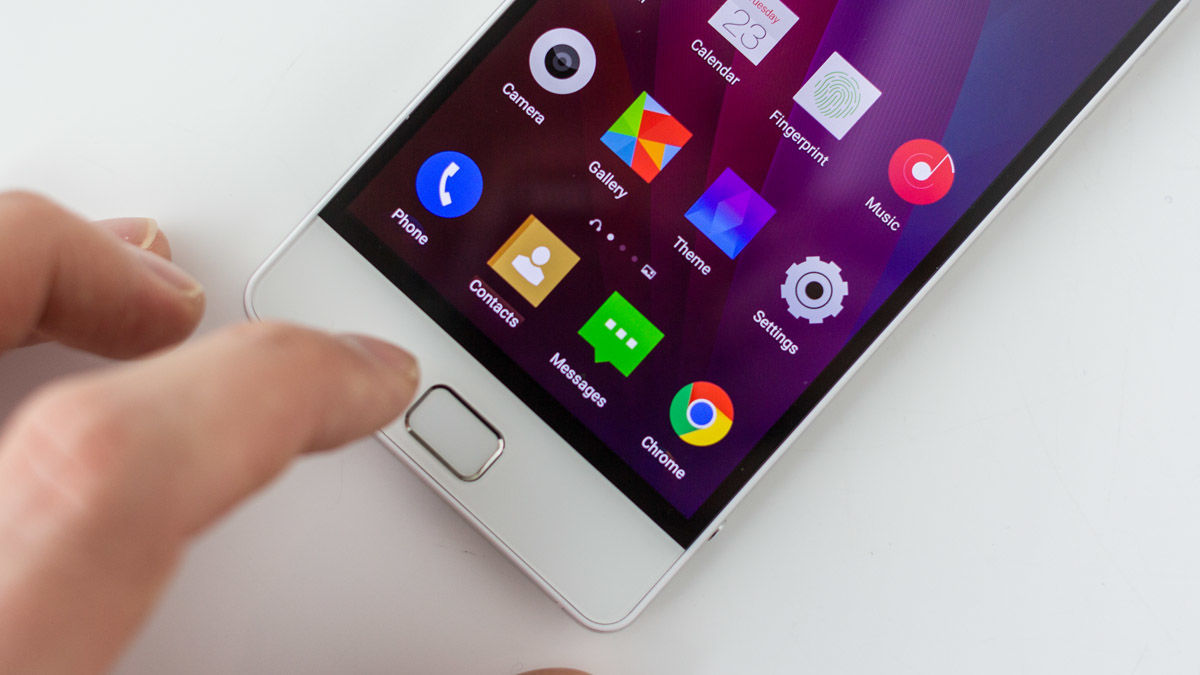Also see: Best Black Friday Phone Deals The Leagoo Elite 1 is a Chinese phone that is made available in the UK through grey-market importers such as Coolicool. You can buy it from its Hong Kong warehouse for £129.20, but bear in mind that upon arrival at the UK you may have to pay import duty. We were charged £23.63 by DHL, which would take up the total price (including free shipping to the UK) to £152.83. Read our advice on buying grey-market tech. You should note that you will be buying this phone on a SIM-free basis (you won’t find it in the UK through the likes of Vodafone, Three, EE and O2), but this does mean you can save money on your monthly phone contract by getting a SIM-only plan (usually in the region of £10-£20 depending on what minute-, data- and text allowances you require – see our best SIM-only deals article). You could even get two, since the Leagoo Elite 1 is a dual-SIM dual-standby phone, but note that 4G (all three UK bands) is supported on only one of its SIM slots. Also see: How to tell whether a phone is supported by your network. Another advantage of buying the Leagoo Elite 1 over a similarly priced UK budget phone, such as the £130 Vodafone Smart Ultra 6, is that it is network-unlocked and you can use any SIM from any mobile operator. As we’ll find out below, you’ll also get a more premium build, additional storage and RAM, a fingerprint scanner and better cameras, but the Smart Ultra trumps it with a larger screen, higher-capacity battery and NFC.
Leagoo Elite 1 review: Design and build, screen
The problem with cheap phones you can buy in store in Britain is that they very often look cheap – plastic, chunky, and perhaps a little toy-like and easy to break. Those that look like premium devices will usually be underpowered and feature low-resolution screens or other compromises. You don’t need to compromise on these things when you buy a Chinese phone such as the Leagoo Elite 1. Also see: Best phones 2016. Available in Dazzling White, Midnight Black and Champagne Gold, we received the white version of the Elite 1 to review. As someone who isn’t overly keen on white tech in general, I was pleasantly surprised by just how nice the Elite 1 looks for the money. It’s a flat stainless steel slab with a Gorilla Glass 3 front and back, incredibly slim screen bezels to the left and right of the display, and a rear camera that doesn’t protrude from the casing but is actually slightly recessed to avoid damage. We also like the customisable Smart Button that sits at the bottom of the phone’s right edge, which can be used to start music playback or as a dedicated camera shutter button, and can launch any app you like with a long press; and the Elite 1’s front LED flash – paired with an 8Mp selfie camera that features a beauty mode, wrinkle removal and an HDR mode you can take high-quality self-portraits. See all smartphone reviews. The Home button conceals a touch-operated fingerprint scanner behind sapphire glass. It’s larger and squarer than many we see, which does make the bottom of the phone extend much further than it needs to, but we like it: it adds character. It’s not the fastest fingerprint scanner in use, but it will recognise your input in around half a second and, in our tests, was easy to configure and worked every time. One of the best things about the Leagoo Elite 1’s build is its screen. You can buy phones in Britain at this price with full-HD screens, but not with the kind of build quality and other hardware inside we’re talking about here ( or rather we will be in the next section). Fitted with a 5in full-HD (1080×1920) JDI LTPS IPS display the Leagoo Elite 1 is the ideal size for balancing comfort in the hand with useful screen area for all the things you want to do on your phone, such as browsing the web and viewing media. The lack of curves at the rear is compensated for by the thin bezels, and we found one-handed use quite comfortable. With a pixel density of 441ppi the Elite 1 displays text and images that are sharp and clear. The screen could perhaps stand to be a little brighter, but contrast is good, colours vibrant and viewing angles strong. The phone will pick up fingerprints, but they’re easily noticeable only in direct light. Also see: Best Android phones 2016.
Leagoo Elite 1: Core hardware and performance
On paper, the Leagoo Elite 1 sounds like a fantastic mid-range- rather than budget phone. An octa-core processor, 3GB of RAM and 32GB of storage are highlights – in fact you can also add up to 64GB via microSD if you’re not using the dual-SIM functionality (the Elite 1 can support either microSD or a SIM in that second slot). In reality, the Elite 1 is capable, but it’s not a powerhouse. Most users will find it perfectly fine for daily use, and on the whole apps launch quickly and transitions are reasonably fast. The camera takes a couple of seconds to launch and the fingerprint scanner takes half a second to recognise your touch, but nothing feels as though it’s too slow. We ran the Leagoo through our usual benchmarks and found good mid-range general processing performance from the 1.3GHz MediaTek MTK6753 processor, but results at the budget end of the scale from the Mali-T720 MP3 GPU. Don’t let that put you off though: casual games and video aren’t an issue for the Elite 1, and it’s only the really intensive stuff where it will struggle. Also see: Best Chinese phones available to buy in the UK 2016.
In the Geekbench 3 processing speed benchmark the Leagoo Elite turned in 2971 points (multi-core), which is actually a little higher than last year’s iPhone 6 and 6 Plus, although it’s some way off 2016 flagships with the Galaxy S7 in the lead with 6466 points. A closer rival is the Xiaomi Redmi 3, which scored 3045 points in this test, or the UK-sold £130 Vodafone Smart Ultra 6, which scored 2,469 points. In AnTuTu, which is another measure of overall processing performance, the Elite managed a not bad 38,841-point score, which is above the 33,175 points recorded by the Redmi 3. Again, this is far from flagship power with the Galaxy S7 turning in 129,077 points. Next we ran GFXBench, which is a graphics test. The Leagoo’s results of 12fps in T-Rex and 4fps in Manhattan are right at the bottom of our results table, but it’s worth pointing out that many budget phones won’t even run Manhattan. Its score heres are in line with the likes of the UK Moto G 4G 2015 and Vodafone Smart Prime 6. JetStream is our next test, which tests JavaScript performance in web browsing. The Leagoo recorded 19.735, which again is in line with the Xiaomi Redmi 3. A flagship such as the iPhone 6s Plus might turn in in excess of 100 points in this test. Compare the performance of the Leagoo Elite 1 to all the phones we’ve recently tested in our article What’s the fastest phone 2016? Battery life is not great on this phone. The Leagoo Elite 1 has only a 2400mAh battery inside, which will not last you longer than a day (if that, depending on your usage), and it’s also very slow to charge at just 5V/1A (5W). There’s no support for wireless charging either. (For the fastest charging you really want Quick Charge 3.0.) We ran the Geekbench battery test and the Elite 1 scored just 2412 points, with an overall time of 5 hours 14 minutes. Storage is very good for a budget phone, with 32GB built-in and up to 64GB expansion possible via microSD. The two key rivals we mentioned earlier, the Xiaomi Redmi 3 and Vodafone Smart Ultra 6, each offer just 16GB. We found around 26GB was available to the user out of the box. Also see: How to add storage to Android.
Leagoo Elite 1: Connectivity and extras
We touched on the fingerprint scanner earlier in this review. Fingerprint scanners aren’t unusual in Chinese phones at this price point, but you won’t find one in a similar-value UK phone. It’s not as fast as the 0.2-0.3-second recognition you’ll find with flagship phone fingerprint scanners, but neither is it frustratingly slow. It should recognise your input in half a second. Neither will you find dual-SIM functionality in most UK-sold phones. This is useful for keeping your business and personal life separate without having to carry two phones, and also for frequent travellers. The Elite 1 supports all three UK 4G bands, but only on one of its two SIM slots (both are Micro-SIM). You’ll also need to decide whether you’d rather fit a microSD card or a second SIM, since it’s either or and not both. Also see: Best dual-SIM phones 2016 and buying advice. In other respects connectivity is fairly basic, as you’d expect from a budget phone. You’ll get GPS but no GLONASS, HotKnot but no NFC (which means no Android Pay), and 802.11b/g/n Wi-Fi and Bluetooth 4.0 but no IR blaster.
Leagoo Elite 1 review: Cameras
Many sites claim the Leagoo Elite 1 features a 16Mp camera at the back, and 13Mp at the front. Actually this is achieved through interpolation, and the Sony IMX214 fitted to this phone is actually a 13Mp camera. Likewise, the 13Mp front camera is actually an 8Mp camera. That’s not to do it down, though. We were pleased to find great levels of detail – enough that you can make out individual bricks and road names – and great colour in our test shots of the St Pancras Renaissance Hotel below (the first is with standard settings and the second HDR). Unusually, this phone has three LED flashes, with two at the back and one at the front. This should allow it to capture better photos (even selfies) in low light. The camera app itself is standard-fare with all the usual modes and the ability to apply colour filters and effects at the composition stage. The Leagoo Elite is also capable of full-HD (1080p) video recording at 30fps. Also see: Best phone camera 2016.
Leagoo Elite 1 review: Software
The Elite 1 runs Android 5.1 Lollipop (the latest version is Android Marshmallow, but Lollipop is still fairly recent), with Leagoo’s own UI over the top. The first tweak you’ll notice is the unfamiliar icons on the home screen, since the Leagoo supports themes (and they can be applied with a two-finger swipe); second will most likely be the new and default tab in the Settings menu, on to which Leagoo has pulled out the Settings it thinks you’ll want to use most frequently. There’s rather a lot here in the way of smart gestures, although some items may have been lost in translation. For example, I’ve never heard of a montin, but apparently it’s a word for those letters you draw onscreen in standby mode to wake the phone and automatically launch an app. These montins are customisable, so you can use them to launch an app of your choice. Other smart features include: Smart Stay, which stops the screen timing out while you’re watching it; Smart Motion, which lets you answer the phone by putting it to your ear or mute a call by turning it over; Smart Gesture, which lets you answer a call, skip a track and so on by waving your hand; and Smart Window View, which is used with a case. You can also customise the colour of the LED notification for calls, texts and low battery. We really like the dedicated Smart Button on the phone’s right edge, but we’d rather a quick tap launched the camera than began playing music. With all our tunes stored on Google’s cloud, there is very little in the phone’s own Music folder for it to play, and it’s all too easy to press the button and begin playback at an inappropriate time. That said, when you have the camera app open it will act as a shutter button (but must be careful not to jog the camera in doing so), and you can customise the long-press action of the button to launch the camera app. Read next: Best new phones coming in 2016. Follow Marie Brewis on Twitter. Marie is Editor in Chief of Tech Advisor and Macworld. A Journalism graduate from the London College of Printing, she’s worked in tech media for more than 17 years, managing our English language, French and Spanish consumer editorial teams and leading on content strategy through Foundry’s transition from print, to digital, to online - and beyond.








